IoT ( Internet of Things) Fundamentals & Frontiers
Overview:
Estimates for Internet of Things or IoT market value are massive, since by definition the IoT is an integrated and diffused layer of devices, sensors, and computing power that overlays entire consumer, business-to-business, and government industries. Total IoT devices already exceeded 5B and by 2025, that will exceed 80B.In the consumer space, many products and services have already crossed over into the IoT, including kitchen and home appliances, parking, RFID, lighting and heating products, and a number of applications in Industrial Internet.
The underlying technologies of IoT are nothing new as M2M communication existed since the birth of Internet. What changed in last couple of years is the emergence of number of inexpensive wireless technologies added by overwhelming adaptation of smart phones and Tablet in every home. Explosive growth of mobile devices led to present demand of IoT.
Course Objective:
Main objective of the course is to introduce emerging technological options, platforms and case studies of IoT implementation in home & city automation (smart homes and cities), Industrial Internet, healthcare, Govt., Mobile Cellular and other areas.1. Basic introduction of all the elements of IoT-Mechanical, Electronics/sensor platform, Wireless and wireline protocols, Mobile to Electronics integration, Mobile to enterprise integration, Data-analytics and Total control plane applications
2. M2M Wireless protocols for IoT- WiFi, SigFox,LORA, LPWAN, Zigbee/Zwave, Bluetooth, ANT+ : When and where to use which one
3. Fundamentals of IoT Middleware functions.
4. Mobile/Desktop/Web app - for registration, data acquisition and control –Available M2M data acquisition platform for IoT—AWS IoT, Azure IoT, Google IoT
5. Security issues and security solutions for IoT.
6. Open source/commercial electronics platform for IoT-Rasberry Pi, Adruino , ArmMbedLPC etc.
7. Open source /commercial enterprise cloud platform such as Microsoft Azure IoT suites, AWS IoT, Google IoT , Siemens MindSphere, Things Works etc.
8. Studies of business and technology of some of the common IoT devices like Home automation, Smoke alarm, vehicles, military, home health, Smart Cities etc.
Target Audience:
Prerequisites:
Breakdown of the Module:
| Session 1: Module-1 Introduction, Basics and Case Studies |
|
| Session 2: Module-2 Sensors and Hardware |
|
| Session 3: Module-3 Introduction to Sensor Network and Wireless protocol |
|
| Session 4: Module-4: Mobile app platform & Middleware for IoT |
|
| Session 5: Module 5: Machine learning for intelligent IoT |
|
| Session 6: Module 6: Analytic Engine for IoT |
|
| Session 7:Module 7: Iaas/Paas/Saas for IoT |
|
| Session 8:Module 8: Database & Platform implementation for IoT : Edge and Cloud based IoT platforms |
|
| Session 9: Module 9: A few common IoT systems |
|
| Session 10:Module 10: Mobile IoT Modem, 4G and 5G for IoT |
|
| Session 11: Module 11: Blockchain in IoT : BIoT |
|
| Session 12:Module 12: Managed IoT Service |
|
